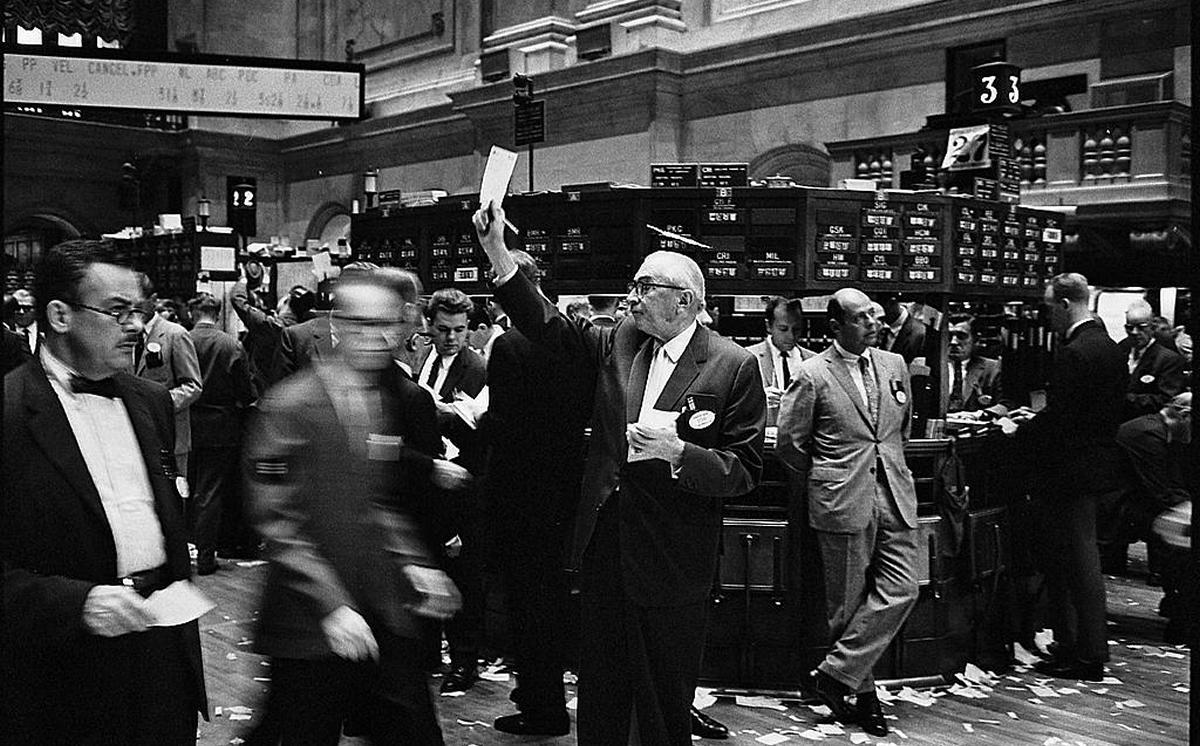 I appeared on CNBC’s “Street Signs” yesterday to discuss gold and how the U.S. government may be able to use its stockpile of gold to soften its $1 trillion deficit. The idea was first put forward by Daniel Gross, economics editor for Yahoo! Finance, who also appeared on the program.
I appeared on CNBC’s “Street Signs” yesterday to discuss gold and how the U.S. government may be able to use its stockpile of gold to soften its $1 trillion deficit. The idea was first put forward by Daniel Gross, economics editor for Yahoo! Finance, who also appeared on the program.
On Wednesday, Daniel published an article “America’s Secret Asset” which laid out the case for the U.S. government selling off a piece of its gold reserves. In the article, Gross points out that the U.S. government still has its vast gold reserves valued at roughly $42 a troy ounce, substantially below market value. If brought to current market valuations, the gold is worth roughly $370 billion.
What would happen to gold prices if the U.S. government were to sell off a significant chunk of its gold?
Gold would likely fall $200-$300 an ounce but the effect wouldn’t be catastrophic for gold prices. Individuals and emerging country central banks would likely absorb the extra gold, similar to what happened in 2009 when the International Monetary Fund sold 200 tons of gold to India.
In addition, central banks have already shown an interest in increasing their gold reserves recently. In 2010, central banks became net buyers of gold for the first time in 21 years.
Even though the Gold Standard was abolished nearly 40 years ago, the selling of U.S. gold would likely have a significantly adverse effect on the U.S. dollar. When Argentina liquidated its massive gold reserves many years ago, the Argentine peso collapsed.
Watch the video for the interesting discussion.
The Dow Jones Industrial Average is a price-weighted average of 30 blue chip stocks that are generally leaders in their industry. The Nasdaq Composite Index is a capitalization-weighted index of all Nasdaq National Market and SmallCap stocks. The S&P 500 Stock Index is a widely recognized capitalization-weighted index of 500 common stock prices in U.S. companies. The U.S. Trade Weighted Dollar Index provides a general indication of the international value of the U.S. dollar.
![]()













